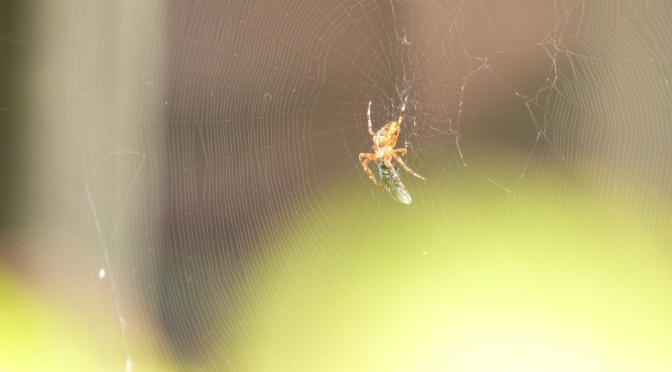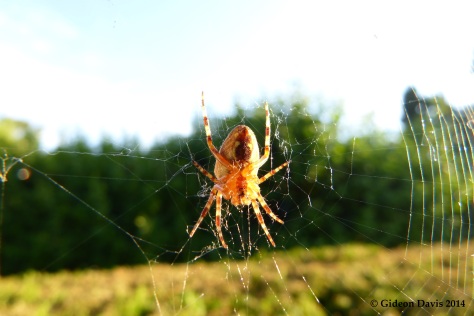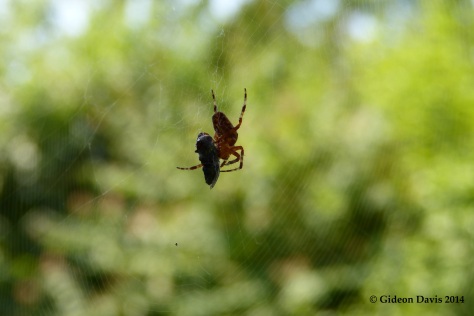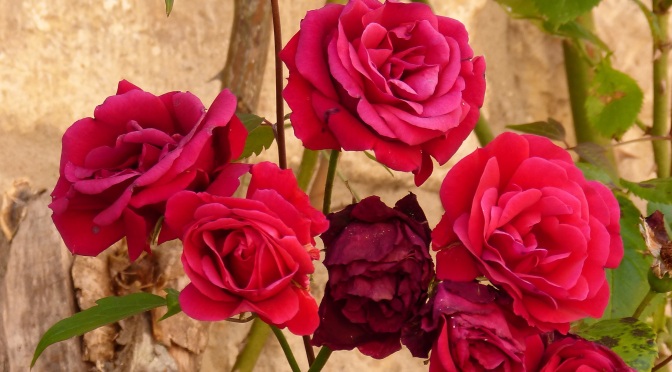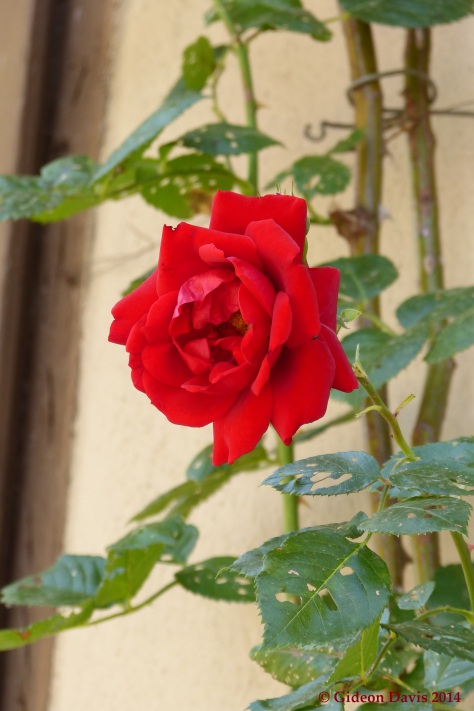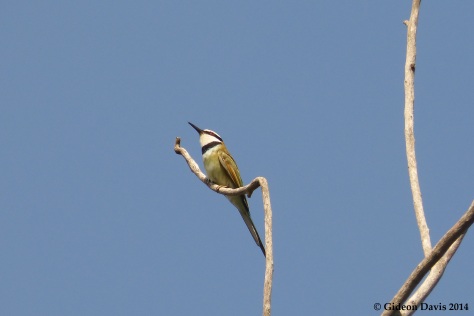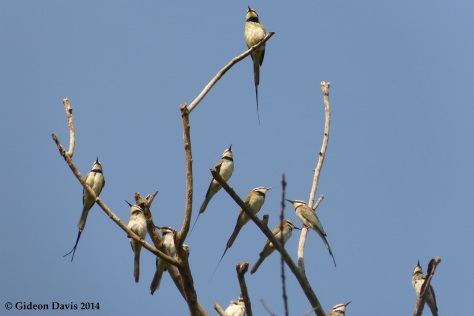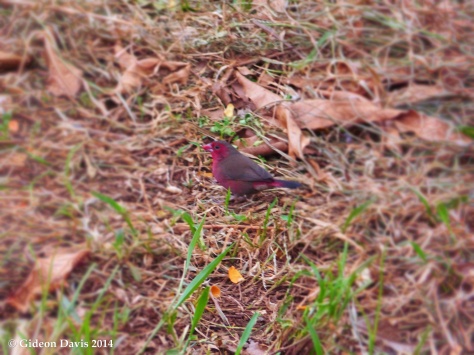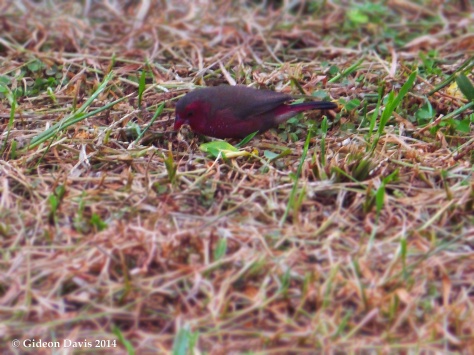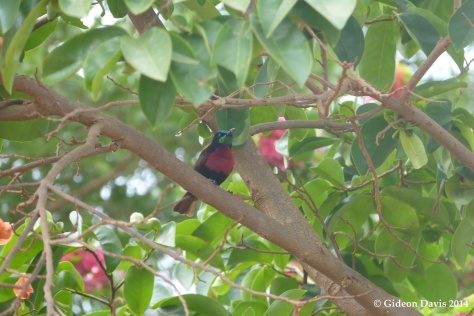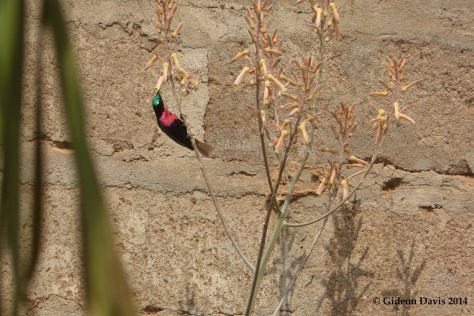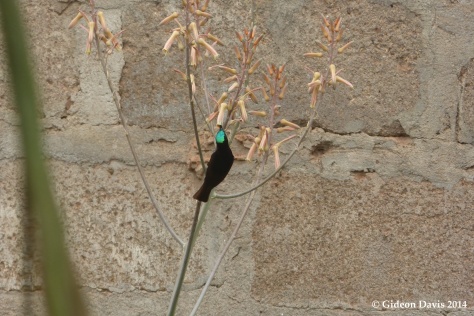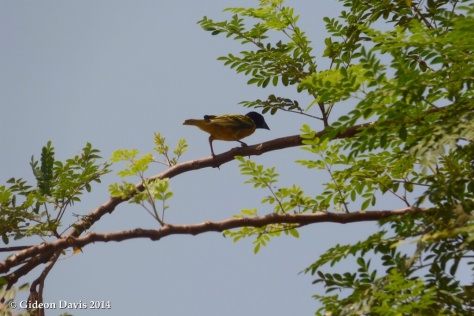
Determining the species this one belonged to was kind of tricky (analysis paralysis? 😀). It could either have been the dark-headed gull or the slender-billed gull. You see, they resemble each other. Now the typical habitat and where and when this one was captured made it even harder to decide (analysis paralysis?).
THE CHALLENGE
Both generally look: pale grey body, white head and breast and black tips to the primary wing feathers. Largely white head with black spot behind eyes, red bill and legs.
However, here’s where it gets even trickier. In one (Black-billed Gull), these features are all present only in winter and the other (Slender-billed Gull) breeds very locally around the Mediterranean and the north of the western Indian Ocean. In the latter, even where populations are migratory, they winter further south to north Africa and India. Only a “few birds have wandered to western Europe”. See where the problem was? This bird was captured in Europe (Herrenchiemsee, Germany) and in Summer. Meaning this has to be the Slender-billed Gull. And if that’s the case (it is right? Analysis paralysis), we have on our hands an occasional! We captured the “special case”!👌🏽
MEET THE: SLENDER-BILLED GULL
Scientific name: Chroicocephalus genei
A mid-sized gull with long, sloping forehead and a long, slightly drooping beak, for which it is named. The head, neck, rump and tail are white, while the back and the upper surfaces of the wings are grey, with a white leading edge to the wings and black tips to the outer primary feathers. The underparts are white, sometimes with a rosy tinge. The slender-billed gull has long, blackish-red legs, a dark red beak. Outside the breeding season, the slender-billed gull sometimes has a small, dusky spot on the side of the head.
THE DIFFERENCE
This species, as mentioned earlier can sometimes be confused with the black-headed gull (Larus ridibundus), but is distinguished by its more angular, sloping head, longer bill, white rather than black head during the breeding season, and slightly larger size.
IN HONOR OF
The scientific name of this bird commemorates the Italian naturalist Giuseppe Gené
Photo credits: Gideon A. Davis, Summer 2015.
Location: Herrenchiemsee, Germany
Cc. The Moon King, King Ludwig II of Bavaria (Big fan)
References
1. http://www.arkive.org/slender-billed-gull/larus-genei/
2. http://www.arkive.org/black-headed-gull/larus-ridibundus/

